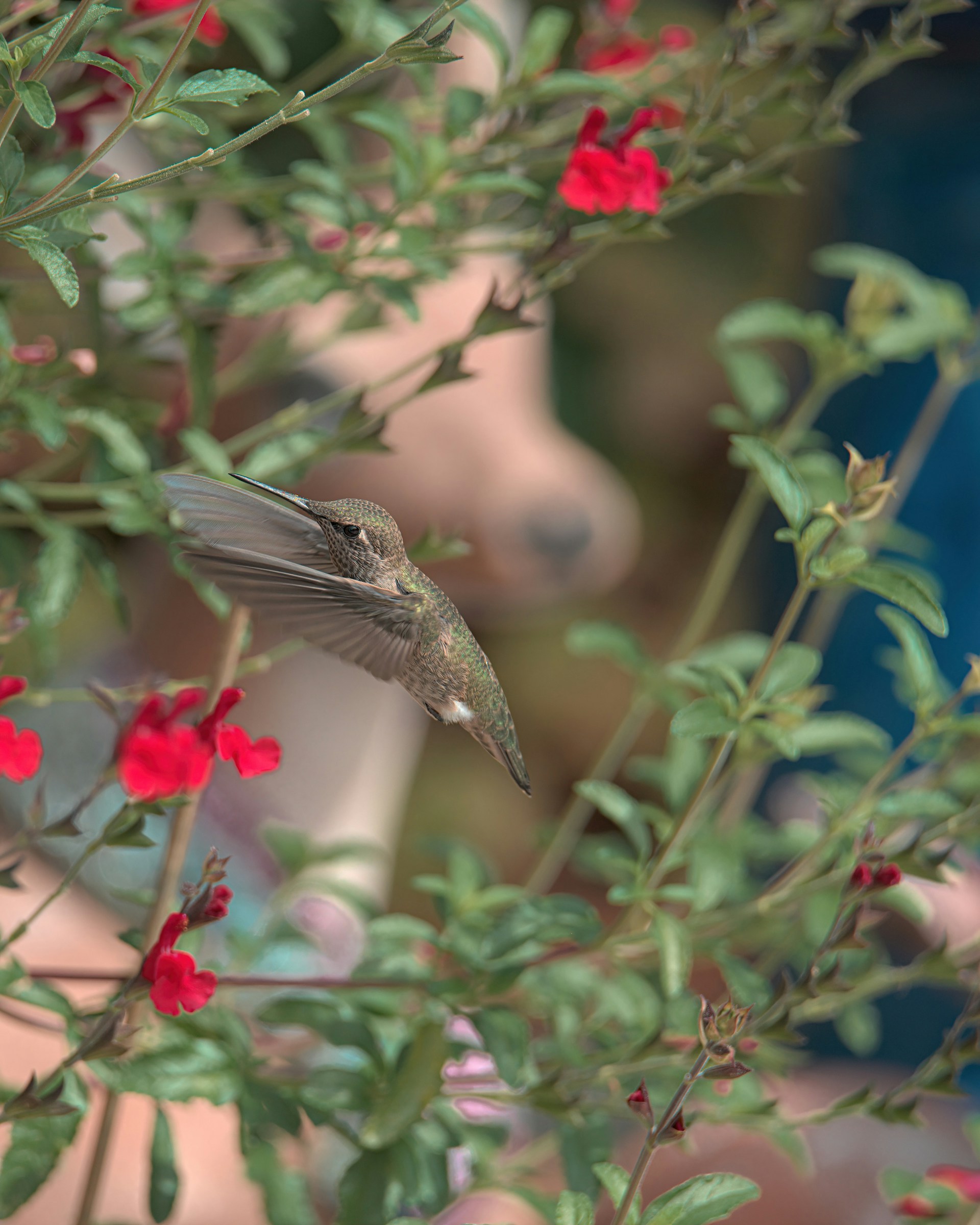The Common Chirp
The gentle fluttering hum of a hummingbird’s wings, accompanied by its distinctive chirp, is a familiar sound to many nature enthusiasts. This unique sonic touch defines their presence; and becomes particularly lively at feeding times. Years spent observing hummingbirds, afforded me numerous opportunities to be in awe of their vocal prowess.
Their usual chirp is a consistent presence, sounds that’s akin to a companionship amidst their otherwise solitary foraging. An informative research article from The Auk shares an in-depth analysis of these sounds exploring their implications.
Their unique sound committee a myriad of chirps, distinctive to each individual, signifying a rich diversity within the small hummingbird community. A deeper understanding of their vocabulary can offer insights into bird behavior and biology.
The Look at Me Song
As dawn breaks, a different tone can be heard from the hummingbird. A more vivacious pattern of sound, almost like a song emanates. This melodic orchestra, often dubbed as “the look at me song” serves as an announcement of the bird’s presence and vibrance.
These performances routinely last for extended periods, including record showings of monumental 23-minute performances. Their ability to maintain such an enduring song showcases the breath control and stamina these small creatures possess.
Guarding Their Territory
The hummingbird’s territorial nature is often broadcast through their sounds. They are known for fiercely guarding their space, sometimes even from larger bird species. Behaviors such as these make them an interesting study – a curious mix of gracefulness and ferocity.
On identifying an intrusion in their space, hummingbirds produce distinct sounds that signal a warning. An excellent guide on New Mexico State University’s library outlines various bird behaviors, including details of Hummingbird’s territorial demeanor and their unique sounds.
Understanding Their Language
The hummingbird language consists of sounds, songs and signals that have variety and fascinating variations. These auditory notes are their medium of communication, and much like human language, have unique features and characteristics.
However, understanding this requires keen observation and patient listening. The NMSU guide, which is a treasure trove of resources for bird-observing, encourages developing an understanding of their language by paying close attention to their sounds.
Final Thoughts
Learning the hummingbird language is a window to their world. It offers an opportunity to understand their behavior, mood, and even their interaction with the environment. It’s deeply rewarding to tune in and connect with these magnificent creatures on a whole new level, through their sounds.
A delightful piece on Garden Rant reflects on an anecdote of the joy of hummingbird singing, reaffirms the value of understanding their language. It’s an enriching journey of discovery, an experience worth cherishing for every nature lover.
<small>Image source: https://unsplash.com/photos/a-hummingbird-flying-over-a-bush-with-red-flowers-aldbAY5LZqI </small>

